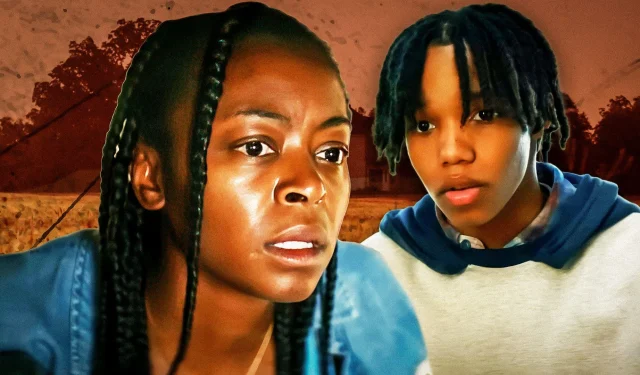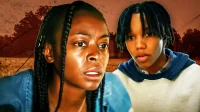This article delves into the themes of depression and suicide as portrayed in The Woman In The Yard.
Note: This analysis contains spoilers for The Woman In The Yard, currently showing in theaters.
The conclusion of The Woman In The Yard has sparked significant debate within the horror community. This Blumhouse film follows Ramona, a mother of two navigating life after the recent passing of her husband. As she grapples with her own physical and emotional wounds, a mysterious shrouded figure appears, haunting her family within their home. The film primarily explores interpersonal family dynamics before transitioning into more intense horror elements during its latter half.
Despite its foundation in relatable emotional struggles, akin to films such as Hereditary and The Babadook, the conclusion of The Woman In The Yard has left many viewers unsettled. The ambiguous nature of its ending has led to diverse interpretations, prompting audiences to question the film’s ultimate message. Below, we examine the factors contributing to the controversy surrounding the film’s conclusion and the varying perspectives held by horror enthusiasts.
Ramona Appears to Die by Suicide in the Film’s Conclusion
The Ending Leaves Ramona’s Final Fate Uncertain
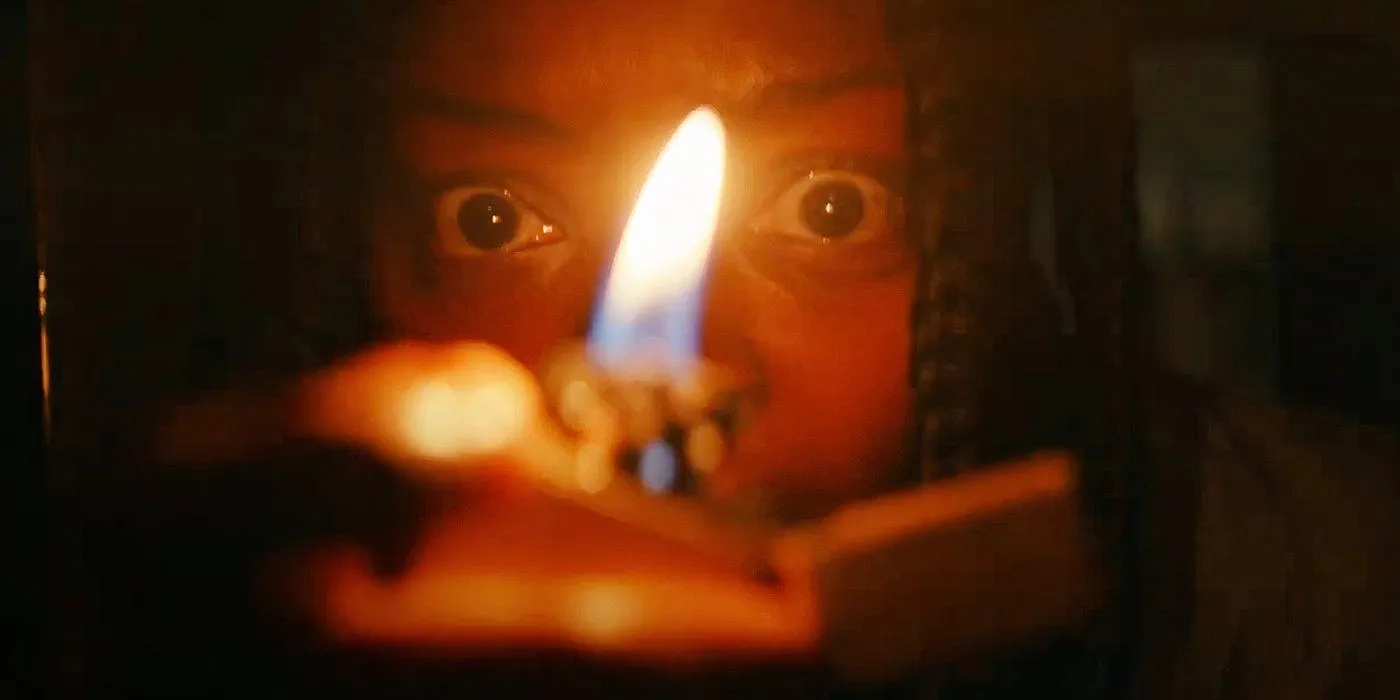
The Woman In The Yard’s third act culminates in what appears to be Ramona’s suicide, a revelation that has stirred intense reactions among fans of the genre. It becomes evident that the stalking woman embodies Ramona’s profound sorrow. Misinterpreting Ramona’s cries for “strength”as a plea for assistance in ending her life, the specter convinces her that her children’s happiness depends upon her absence, leading Ramona to isolate herself from them.
If you or someone you know is struggling with suicidal thoughts, we urge you to reach out for help by contacting the crisis hotline at 988 in the U.S. or visit 988Lifeline.org (U.S.) or FindAHelpline.com (International).
The initially uplifting resolution suggests that Ramona has managed to resist the influence of the shrouded woman and reunites with her children and their dog, once again illuminated by the return of power in their home. Yet, the concluding shot, featuring a reversed signature, implies that she might actually be trapped in one of the fabricated realities created by the shrouded woman. Although the film does not visually depict Ramona’s act or provide sound effects indicating her suicide, the twist insinuates that she may have taken her own life, now confined within the false world that entangled her earlier.
Critiques of the Film’s Messaging
Widespread Discussion and Discontent Among Viewers
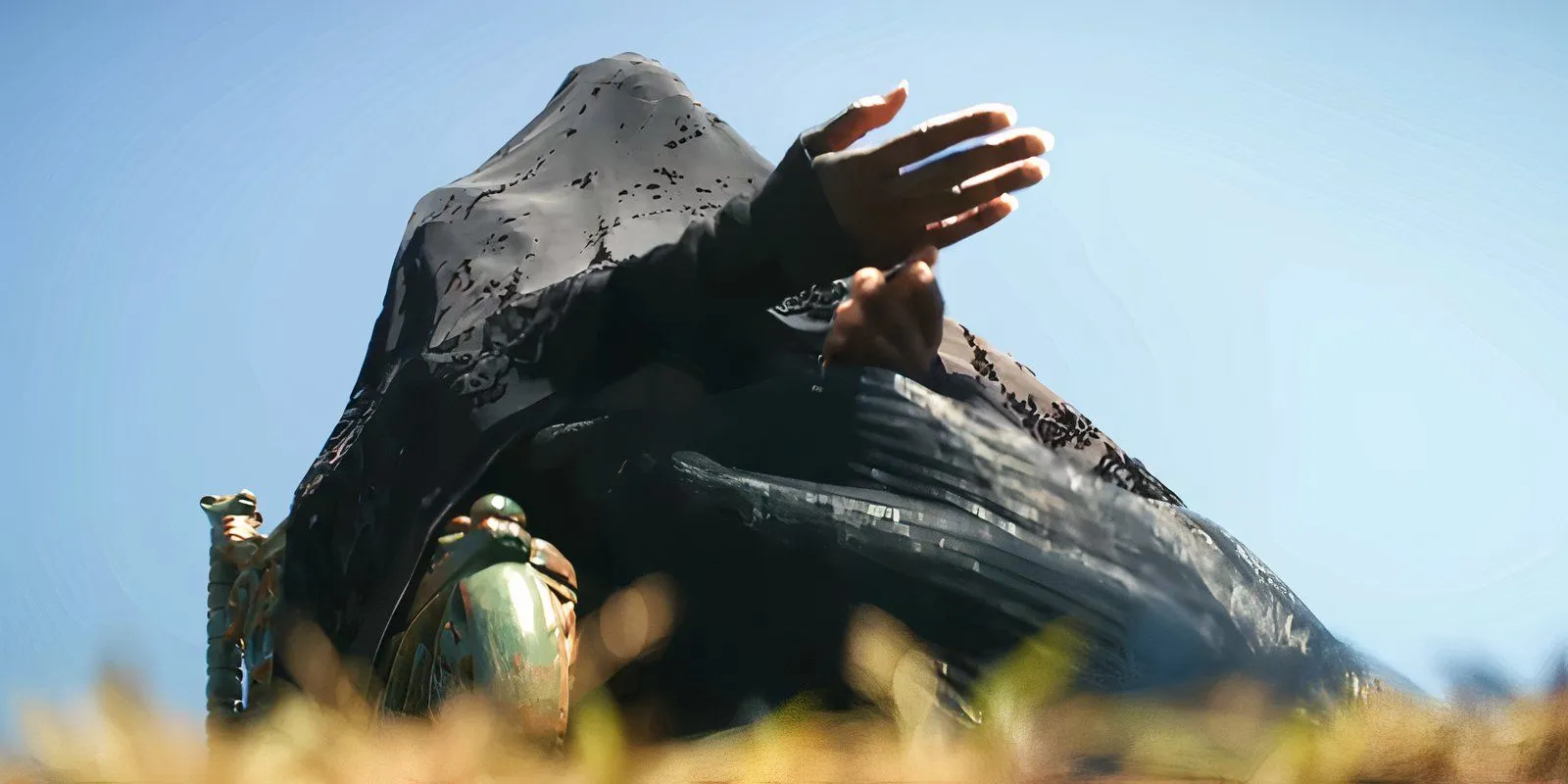
While The Woman In The Yard tackles heavy subjects such as depression and suicidal ideation commendably, the delivery of these themes has led to polarizing responses. Online platforms, including Reddit, reveal that some viewers interpret the film’s conclusion as a troubling endorsement of the shrouded woman’s assertion that Ramona can only experience liberation through death. The seemingly happy finale—featuring Ramona’s reunion with her children and the dog, previously perceived as deceased—can be viewed as a perverse “reward” for a character’s suicide.
Conversely, some critics posit that Ramona did survive the night, asserting that her acceptance of the shrouded woman signifies an ongoing battle with her darker thoughts. In this interpretation, the reversed signature symbolizes a newfound integration of her family’s world with her personal struggles. Detractors, however, argue that the unclear ending contributes to confusion, failing to address the troubling implications that might arise from suggesting that suicide could be seen as a viable solution.
Ambiguity Surrounding Ramona’s Fate Intensifies the Debate
Challenges in Discussing the Film’s Ambiguous Conclusion
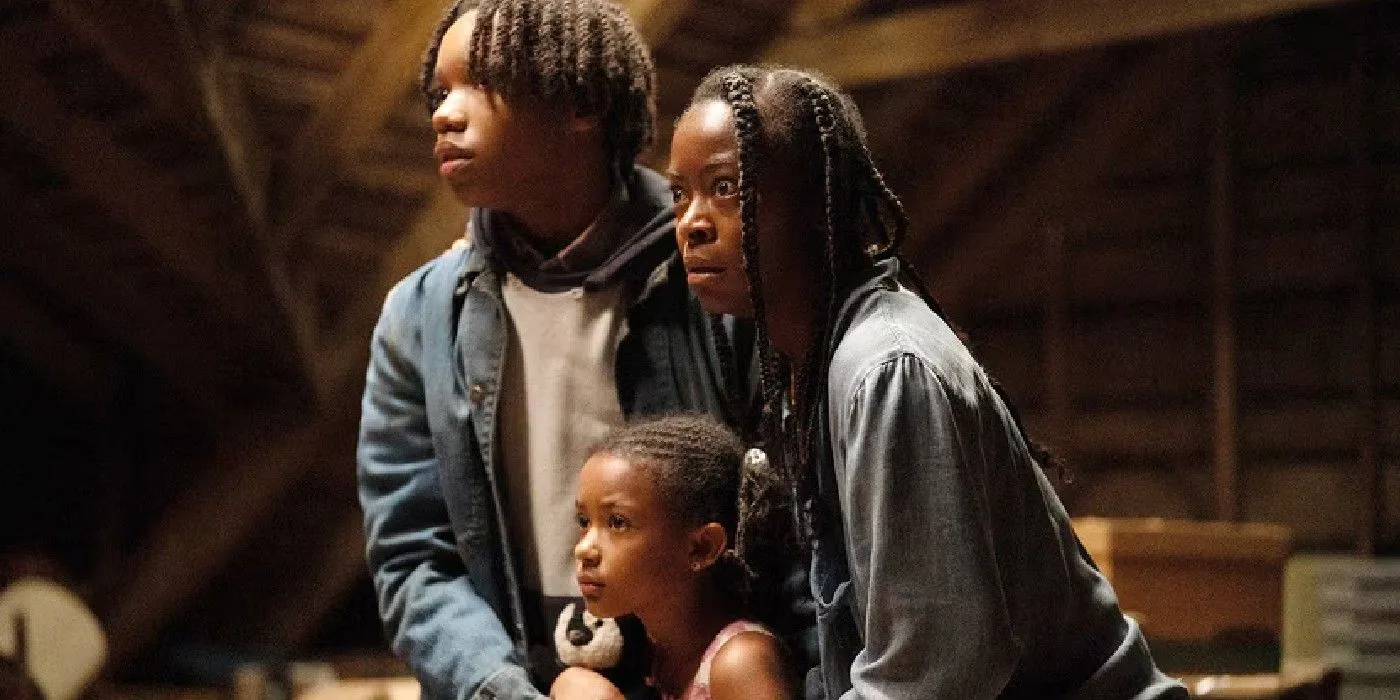
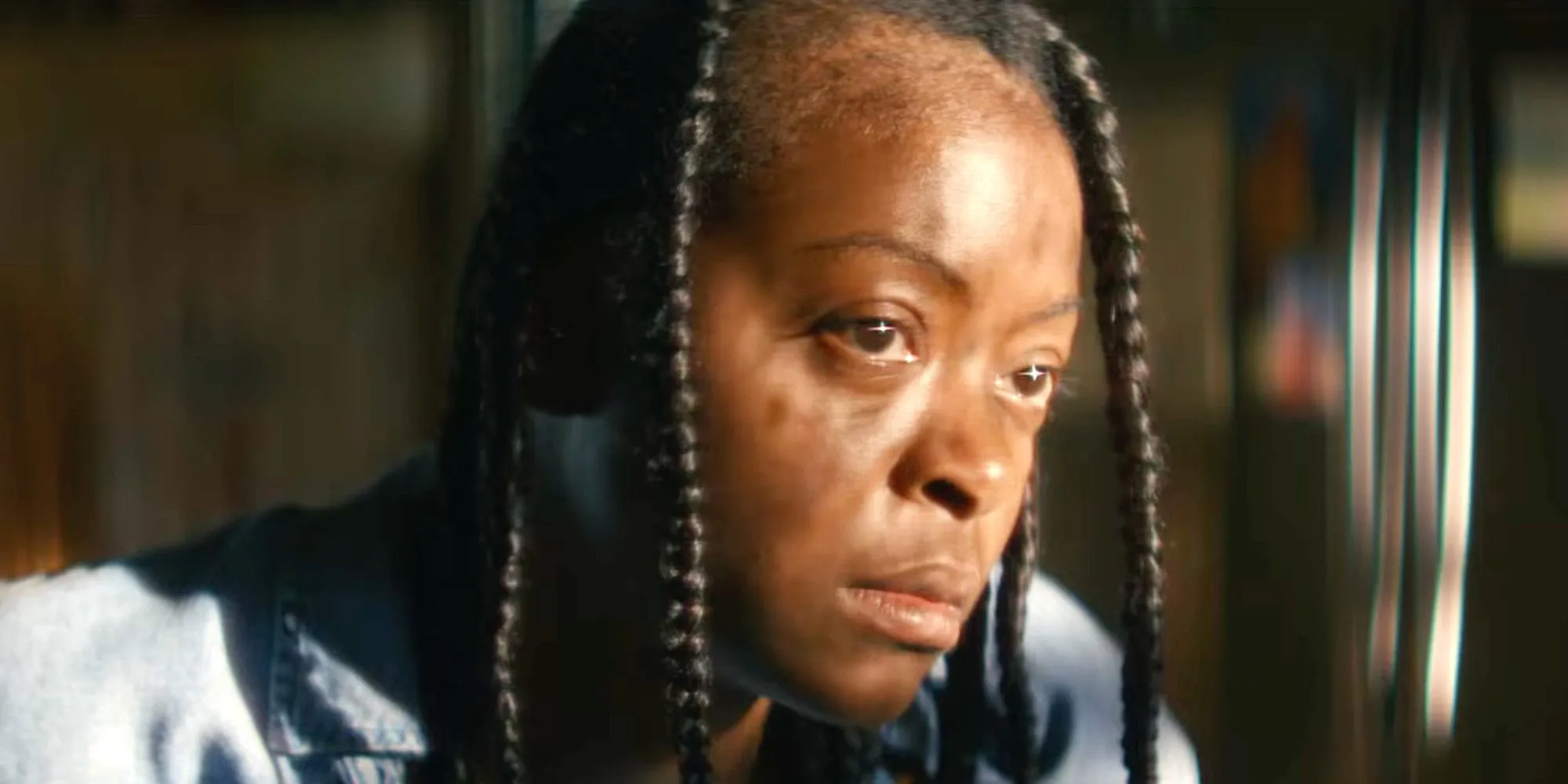
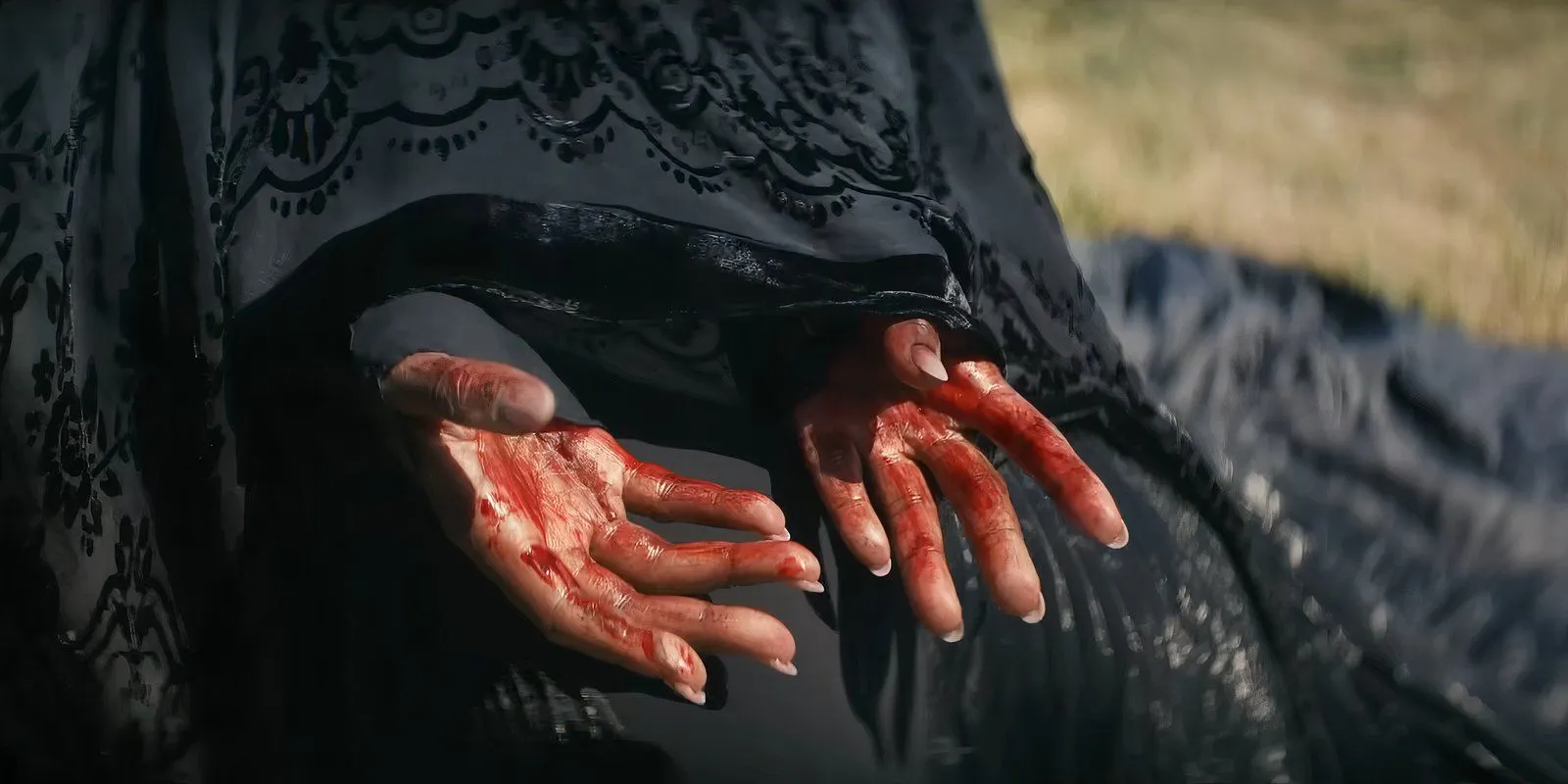
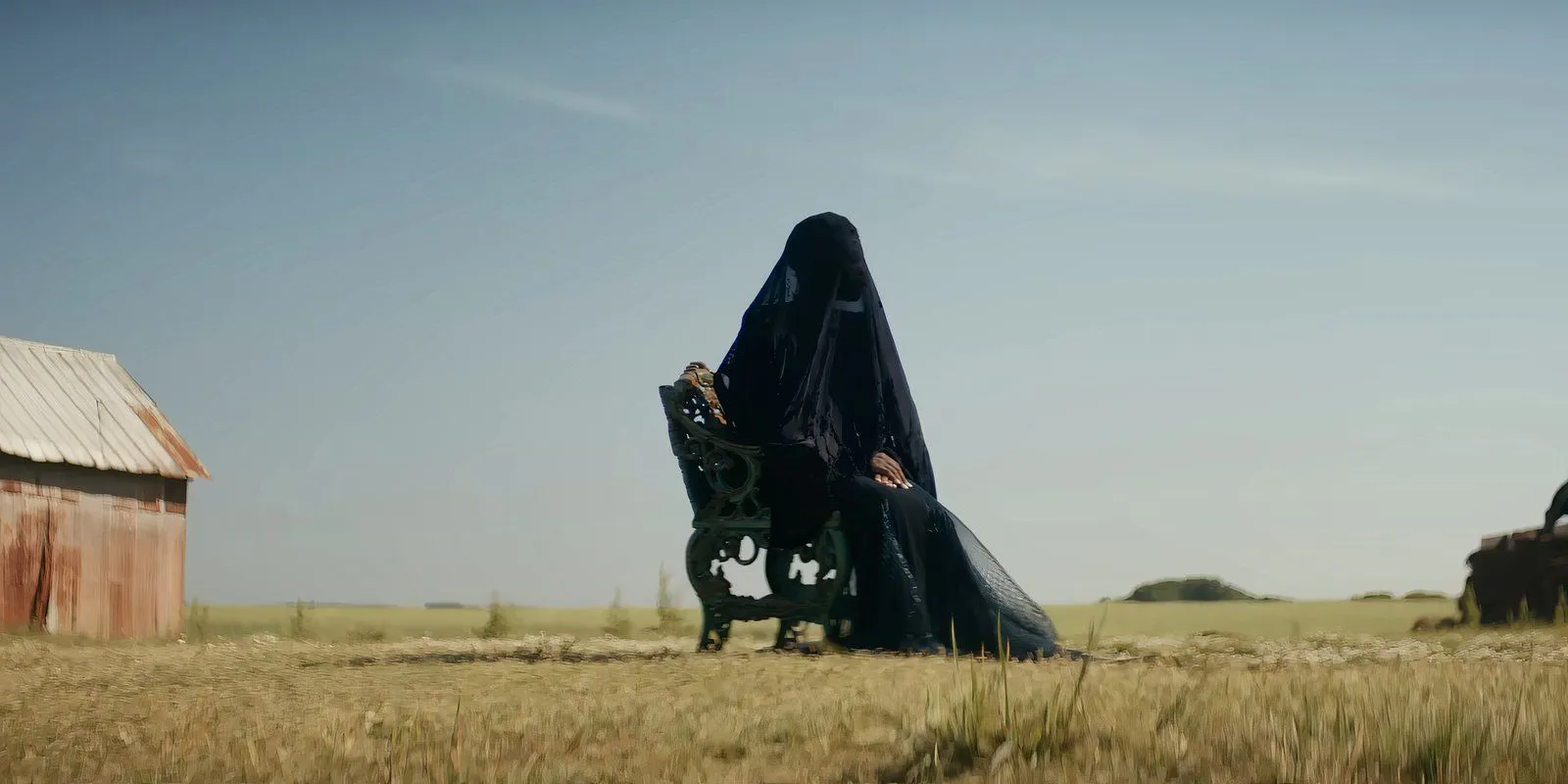
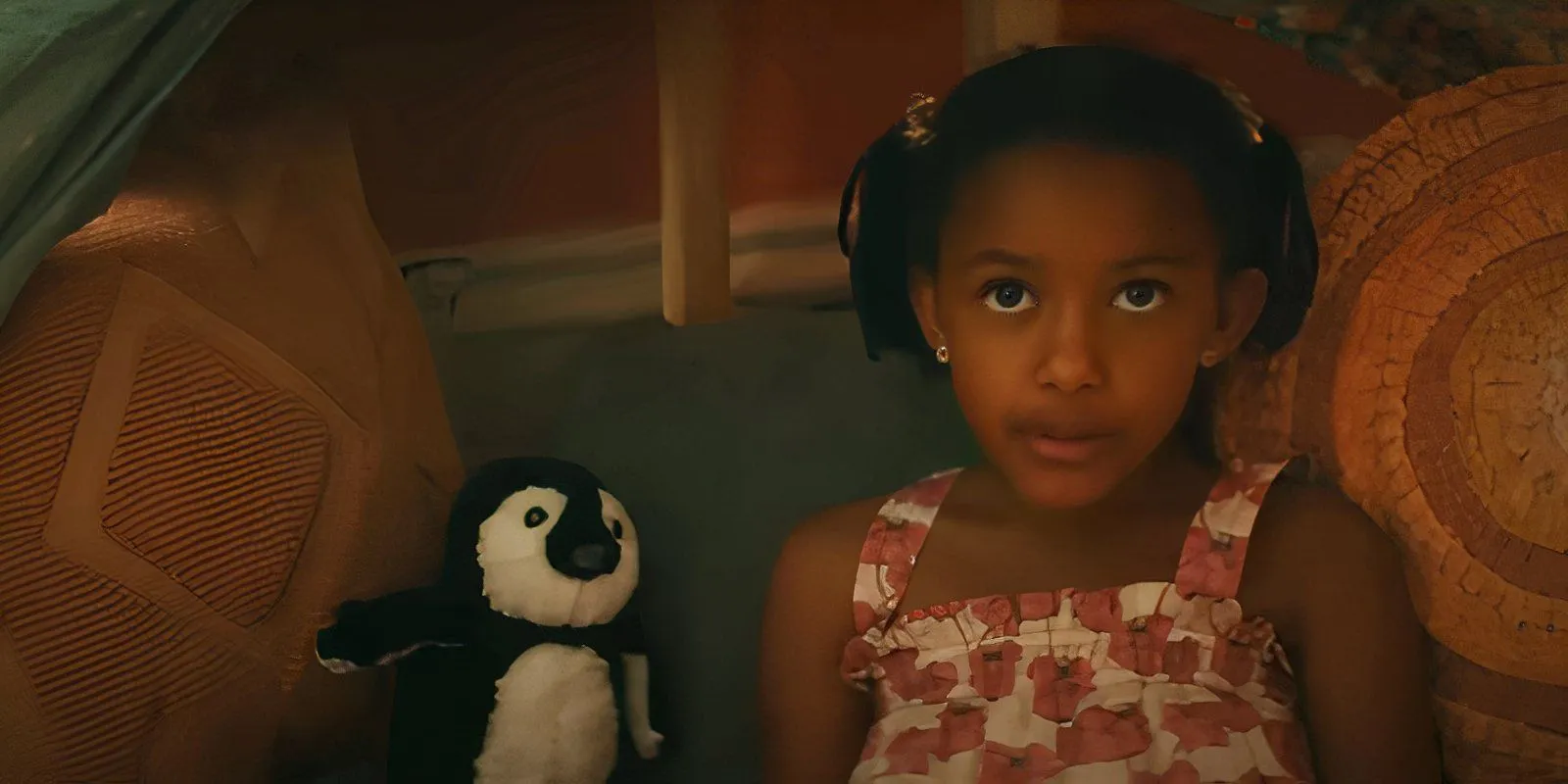
One of the most challenging aspects of The Woman In The Yard is its hazy resolution, which complicates discussions about its conclusion. While certain positive developments in Ramona’s story appear to offer hope—such as the nostalgic reference to naming the farm after her, a cherished memory of her husband—these moments feel hollow against the backdrop of her struggles. The backwards signature, coupled with these uplifting instances, casts doubt on their authenticity.
Should Ramona truly have died by suicide, the implications become troubling: either the film suggests that she has attained peace, a potentially harmful narrative, or it portrays the shrouded woman achieving her manipulative aims. Despite its intention to portray a meaningful narrative about a woman’s struggle with suicidal thoughts, the execution within the framework of a twisty horror film obscures vital themes. Ultimately, the ambiguous nature of the film’s conclusion detracts from its intended message, leaving audiences with a sense of unresolved tension.
Source: Reddit
